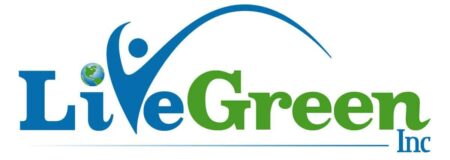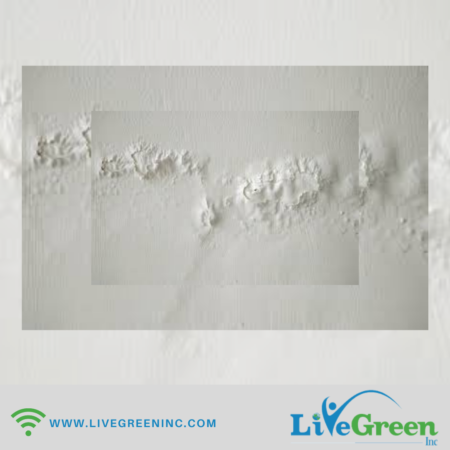Cold or Damp Walls
You can prevent the dampness in your home with new insulation. You can simply touch the walls to feel for coldness and dampness. If either is felt, this is a sign of poor insulation.
Condensation can occur anywhere and everywhere throughout your home and you need to call LiveGreen to come out and assess the area. Not only will the walls look different aesthetically, the problem also includes mold formation. Furthermore, all of this can cause structural problems and health issues.
There are a few strategies we can use to control moisture in your home. We need to determine the climate and how your home is constructed. Next, the crew at LiveGreen will look for moisture damage and air gaps. In addition, we will see what the current ventilation is like. If your walls have water leaks we will need to treat the situation immediately. Three services we will recommend and can complete are ventilation and insulation and rendering your external walls.
Increased relative humidity inside a property might come from double glazing. Another thing to consider is that during your daily activities, water vapor increases in your home. Whether you are cooking and showering, the warm water vapor settles on cold walls. Then, the moist air penetrates the wall, roof or floor where it reaches the dew point and condenses into liquid water. Ultimately, over time mold forms in different areas. So, when you are cooking or taking a hot shower, make sure to have ventilation in the rooms. Exhaust fans help combat and extract this humidity.
Water Vapor & Poor Insulation
Did you know that the ability of air to hold water vapor increases as it warms and decreases as it cools? When air reaches its dew point, water vapor condenses. Moisture in the air condenses on the first cold surface it encounters. If that surface is within an exterior wall cavity, the result is wet insulation and framing. We need to go in and perform air sealing and install vapor diffusion retarders. Vapor diffusion retarders reduce the amount of moisture transfer. We follow The American Red Cross and FEMA guidelines, which suggest that cellulose or loose/ blown-in treated paper insulation be replaced. It is important to note that once wet, the insulation can lose its antifungal and fire retardant abilities. The EPA recommends that all wet insulation be discarded and replaced.
Ventilation
Remember, it is important that trickle vents are open to prevent damp. To cure window condensation, use trickle vents. When open, these vents allow a small amount of air to circulate around the room. Insulation raises the temperature of walls. Therefore, water vapor is less likely to condense on the walls because the temperature difference between the two is minimized. In addition to cavity wall insulation and loft insulation, there is floor insulation. Once LiveGreen installs internal and external solid wall insulation, you can begin reaping the increased energy savings. Say goodbye to poor insulation.
Damp occurs when rainwater leaks in through cracks in the brickwork of your home. We will need to dry the wall out first. The render we do will be so beneficial. First, it forms a protective waterproof barrier on the external walls. Next, it repels water. Lastly, it prevents water ingress in the future.


